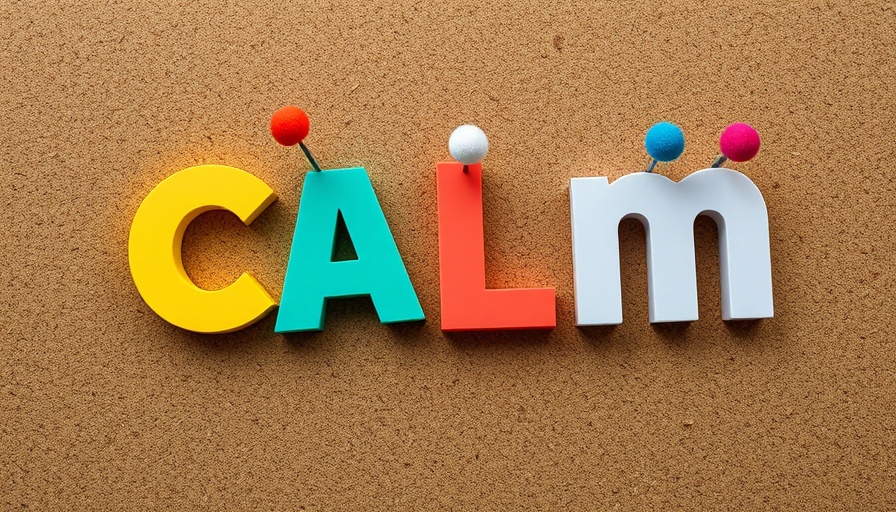
Understanding Emotional Detachment: The Key to Inner Peace
Emotional detachment is often misunderstood. In a world where feelings can swiftly swing between elation and despair, the concept of detachment is frequently mistaken for coldness or indifference. Yet, true emotional detachment is a valuable technique that allows you to navigate your emotions without being overwhelmed by them. It enables you to cultivate a state of inner peace and emotional resilience, essential attributes for those striving for mindfulness and personal growth.
The Power of Detachment for Well-Being
At its core, emotional detachment is about regaining control of your internal landscape. Imagine being in the driver’s seat of your emotional vehicle, rather than a passenger at the mercy of external stimuli. Emotional detachment is not about suppressing your emotions but observing them without letting them dictate your decisions. This practice has ancient roots, found in various spiritual and psychological teachings that affirm its benefits for reducing anxiety and improving overall well-being.
Benefits of Practicing Emotional Detachment
Understanding the core benefits of emotional detachment can inspire you to integrate this practice into your life. Here are some transformative effects:
- Reduced Stress and Anxiety: By detaching from the weight of others’ moods and opinions, you cultivate a shield against negativity.
- Improved Relationships: Healthy connections thrive on freedom, as detachment prevents unhealthy dependency and allows for mutual support.
- Better Decision Making: With detachment, you can approach life’s challenges with a clear mind, free from emotional cloudiness.
- Resilience in Hardships: Detachment helps you perceive failures not as judgments but as valuable experiences, empowering growth.
- Emotional Freedom: Free up mental energy to focus on creativity, joy, and fulfilling experiences.
Practical Steps to Cultivate Emotional Detachment
Incorporating emotional detachment into daily practices can significantly enhance your mindfulness. Here are essential steps to start your journey:
- Pause Before Reacting: Establish a habit to pause—count down, breathe deeply, and create a mental space before you respond to emotional triggers.
- Visualize Emotions as Weather: Just as weather changes, so do feelings. Recognize that emotions are temporary and can pass without defining you.
By integrating these simple techniques, you can gradually develop a more mindful approach to your emotional experiences.
Future Insights: Emotional Detachment in Modern Life
As we move forward in an increasingly complex world, the ability to detach emotionally is becoming more relevant. With the past few years bringing about significant changes and stresses on our psyche, emotional detachment is not only a coping mechanism but a crucial skill in maintaining well-being. As technology and social media expose us to a cacophony of external opinions and emotional triggers, recognizing the value of detachment allows for a more intentional way to engage with life.
Ultimately, the art of emotional detachment can lead to a more authentic and empowered existence. Imagine living each day with clarity, resilience, and the ability to offer your best self to the world around you—all rooted in the mindful practice of emotional awareness and detachment. Embracing this journey could very well be your next step toward achieving a more harmonious life.
If you're curious about how emotional detachment can positively affect your life, consider subscribing to insightful newsletters that provide practical tips and guidance on mindfulness and emotional well-being. Engaging the practice of emotional detachment may open doors to clearer perspectives and more enriching experiences.
 Add Row
Add Row  Add
Add 




Write A Comment